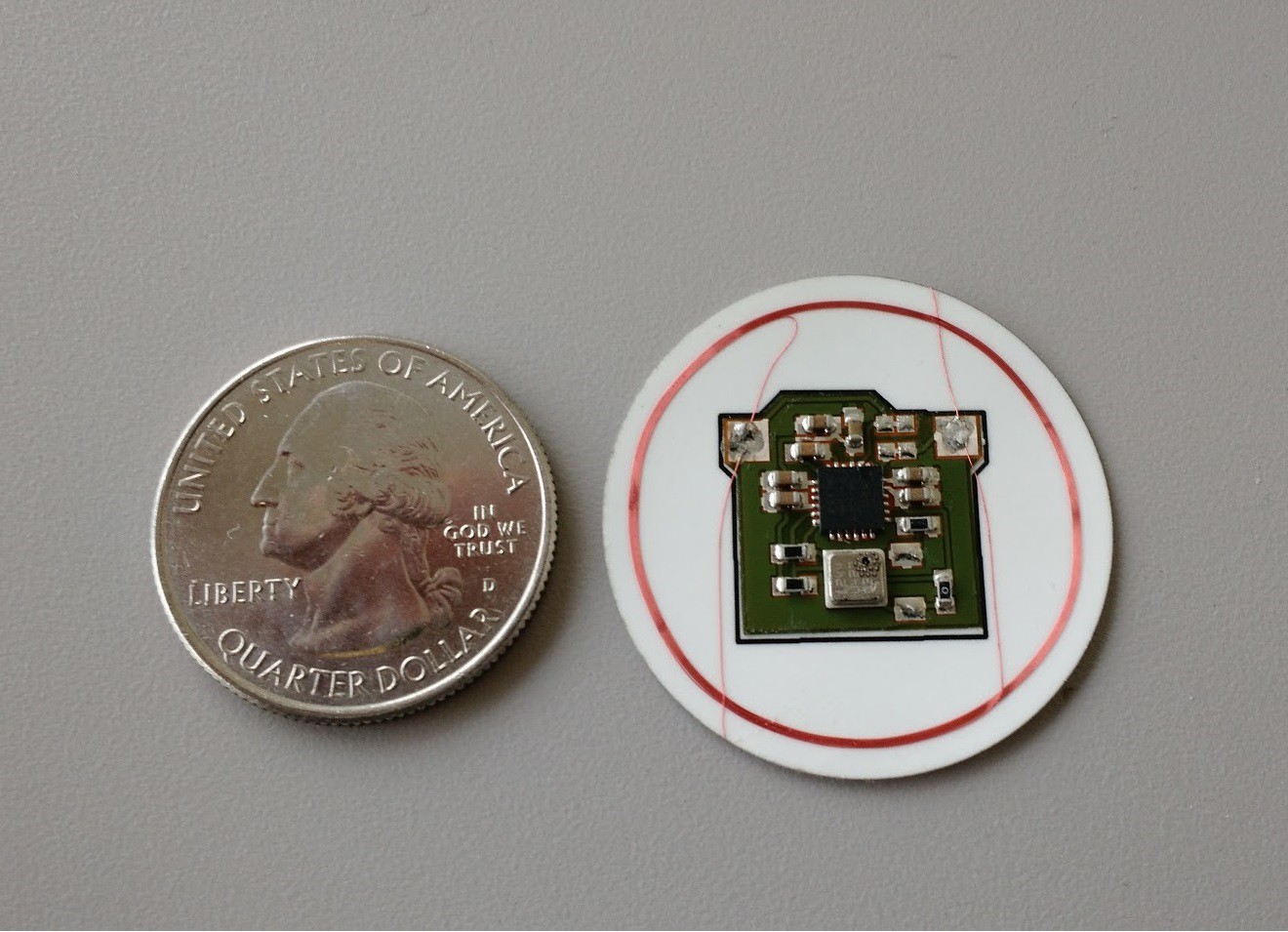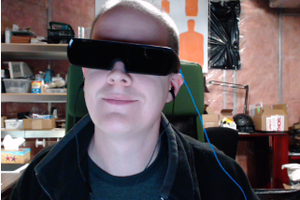There are several RFID sensor platforms available right now. This will be based on the RF430FRL15X series from Texas Instruments. It has the most flexibility of any low cost energy harvesting RFID sensor platform available at this point, because it's a full blown microcontroller. Other RFID sensor ICs make you live with a very small sensor voltage range, and strange transfer functions. TI's micro allows you to scale the output any way you want.
No battery NFC air pressure sensor
Measure tire or ball pressure with your smartphone
 CaptMcAllister
CaptMcAllister











 Minimum Effective Dose
Minimum Effective Dose
 deʃhipu
deʃhipu
 jaromir.sukuba
jaromir.sukuba
 Craig
Craig
Hi bro,
Awesome project.. I'm also planning to make a similar kinda project... I will be using npp-301A 100PSI IC combined with MAX1472AKA+T RF TRANSMITTER... But problem is.. I'm a software engineering student.. and have no much idea about circuits... Can u or anyone plz help me to plot a circuit for the same..
Guide me if possible
Thanks a lot in advance